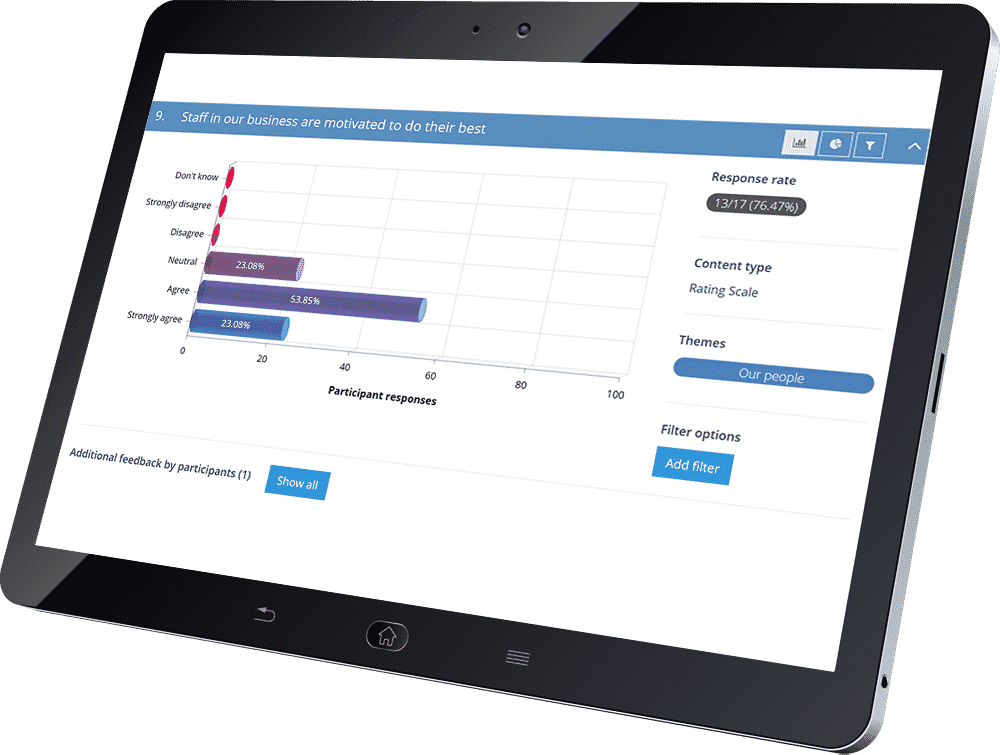The basics of good survey design
Here are some tips on the basics of good survey design. When you create a survey project, the answers to a few questions will help you start thinking about the best way to get the information that you need.
Before getting to the detailed survey design, it is important to start at the high level. Begin the design process with a clear understanding of your desired outcomes and goals.
- What are your survey goals and objectives? Write down the goals and objectives for your survey project. Then, write some notes to yourself about what would help to get you the data to support your goals and objectives.
- How will the data be used? Will the analysis just be of data from this survey, or will it be combined with other data? Will you use it internally or publish it? Is it just for your use, or are the results for a client or external stakeholder?
- What kind of questions do you need to ask? Think about what you need to support your goals and objectives. What is absolutely required for you to reach them? And, then ask, what is not necessary at all?
- Who are you targeting? Think about their ages, genders, locations, languages, the devices they are most likely to use. How will you engage your survey respondents?
- What’s the best way to distribute the survey? Thinking about all the previous questions, how will you send it? Will it be by email, via a website, social media or an personal request?
- What sort of reports do you need? It makes a difference whether you are reporting just for yourself, or for other people? And whether you need to deliver reports in other formats.
Use titles, headings and instructions to guide respondents clearly
In good survey design, headings and instructions provide a sense of structure and make the survey easier for respondents to follow when they complete the survey. They can also make it easier for those who have to analyze and interpret the data.
Use page breaks appropriately
Page breaks can serve several purposes in good survey deisgn. They are a way to ensure that survey responses are saved in the event that a person is interrupted when completing the survey. They can also be used to focus attention on a single question at a time. And, they can be used to fit with the structure and headings or instructions in a survey. For example they allow headings and instructions to be placed at the top of a page and can be varied from one page to the next.
When you have a number of free text questions, we recommend using page breaks more often to avoid an issue when someone writes a large amount in response to multiple questions and then loses their work for varyiong reasons.
However, be careful not to use too many page breaks. On longer surveys they will be very frustrating for the respondents, particularly if they are using a mobile device.
Design great questions
After considering the bigger picture goals and objectives, start designing the survey itself. The survey questions you create must be designed to achieve your survey goals and objectives. They shouldn’t ask anything that is irrelevant. Here are some guidelines for writing good questions:
- Keep all of your questions short and your language simple
- Be specific in what you ask
- Phrase your questions in a direct way
- Keep all questions directly relevant
- Test the questions by asking whether they will achieve the survey objectives
- Make sure you include demographic questions that will allow you to filter the survey results
These guidelines for good survey design will help you to stick to the point, and to get only the data that supports your goals and objectives.
Select the right question types
There are a number of different types of questions that you can use. Once you understand the different question types, you can use the right question type to get the data that you need.
Quantitative questions are directly measurable. This means that you set up a list of answers and your respondents will choose from those possible answers. These questions will give you clean reports, easy-to-analyse charts, and will help you to identify patterns and trends.
Qualitative questions are those that let respondents tell you the answer in their own words. Even though they can be more difficult to analyse, qualitative questions will show you exactly how your respondents are thinking.
To get the best results, you need to use a combination of quantitative and qualitative survey questions. But remember: If you ask qualitative questions, don’t ask them up-front. Get buy-in from your respondents early with easy quantitative questions, and leave the free text questions to later.
Think about your reporting early
It’s a common problem that surveys are often designed and distributed without considering the reporting needs. Consequently, reports can then be difficult to pull together. And you may not be able to analyze the responses effectively to get the answers you really need. You can avoid this by thinking about your reporting during the design stage. Plan to get the information you really need to allow you to achieve your survey goals.
For example, what demographic questions do you need to ask in order to analyze the survey results. Is age important? Or gender? Or geographic location? Or experience? Or department? Or role? There are many demographic questions that could be asked, depending upon the aims and objectives of your survey. The key is to consider up front the information you will need when analyzing and reporting. If you don’t ask questions to get this information then you will not be able to filter the results.
Good survey design = great data
By following this guide, you will avoid common mistakes in survey design. Paying careful attention to all elements of the design will improve your response rates, improve the quality of your data, and help ensure quality reporting.




